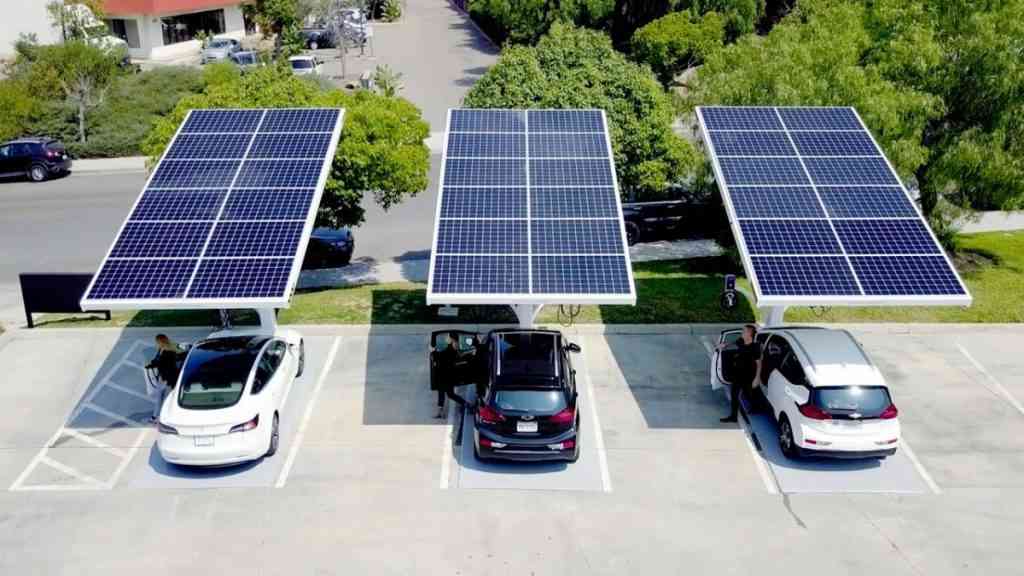
ZIMBABWE’S forests and woodlands have been diminishing at an unprecedented rate, leaving it among the most deforested countries in the world.
Environment with Chipo Musara
Most people that have taken a drive around the country lately would not have failed to notice how vast areas that were previously covered in forests now lay bare.
I remember discovering just some two years ago a house along the Concession/Mazowe road that I never knew existed, though it has reportedly been there for more than five decades. This is because it had previously been buried deep in the forest.
Today, it’s in the open and can be seen clearly from miles away. The major drivers of deforestation in Zimbabwe have been analysed to be, among others, population growth, agricultural expansion, illegal timber harvesting, persistent veld fires, poverty and the continued heavy reliance on wood energy.
Although they might not have been felt before, the effects of the loss of forests and woodlands in Zimbabwe have of late been very hard to ignore.
One concerned Zimbabwean, on bemoaning the loss of forests, recently wrote: “The forests used to provide canopy cover which blocks the sun’s rays during the day and holds heat during the night.”
The unbearable heat waves that have characterised Zimbabwe’s temperatures, sparking health scares with many complaining of persistent headaches, would seem to have helped most people to realise that something is amiss!
- Chamisa under fire over US$120K donation
- Mavhunga puts DeMbare into Chibuku quarterfinals
- Pension funds bet on Cabora Bassa oilfields
- Councils defy govt fire tender directive
Keep Reading
Cutting trees worsens global warming: Experts
In attempts to explain the heat waves, environmental experts have pointed to global warming and climate change, a phenomenon whose effects they believe would be worsened where there are no trees. Unfortunately, what many might not know is that the intensely high temperatures that continue to be a cause for great discomfort to the generality of Zimbabweans, is but the tip of the iceberg. Through the loss of forests and woodlands, the country is losing much more than just good weather conditions. Among the forests and woodlands’ major uses are the protection of water catchments and regulation of river flow, construction materials and wood energy, production of wild fruits, vegetables and medicines, climate change regulation and reducing global warming through carbon sequestration and wildlife habitat. These functions, provided by trees free of charge, would be very difficult to try and make do without. In fact, there would be not much of a life left without any trees. That is the reason why there have been efforts in the country to restore the lost forests and woodlands, although this is proving to be a mammoth task due to some retrogressive occurrences. The Forestry Commission for instance, has been on an aggressive tree planting drive, which saw it planting around 10 million trees in the country during last year’s planting season. There are plans to plant an equally large number by end of this year’s rainy season. But save for those planted in secured plantations, most planted trees have been at risk from the recurring veld fires that cause unprecedented damage to the landscape. The fact that no solution to the forest fire problem has yet been established has not helped matters. But now that many would have felt first-hand the negative impact of deforestation, maybe more would finally see the importance of the on-going reforestation efforts.











